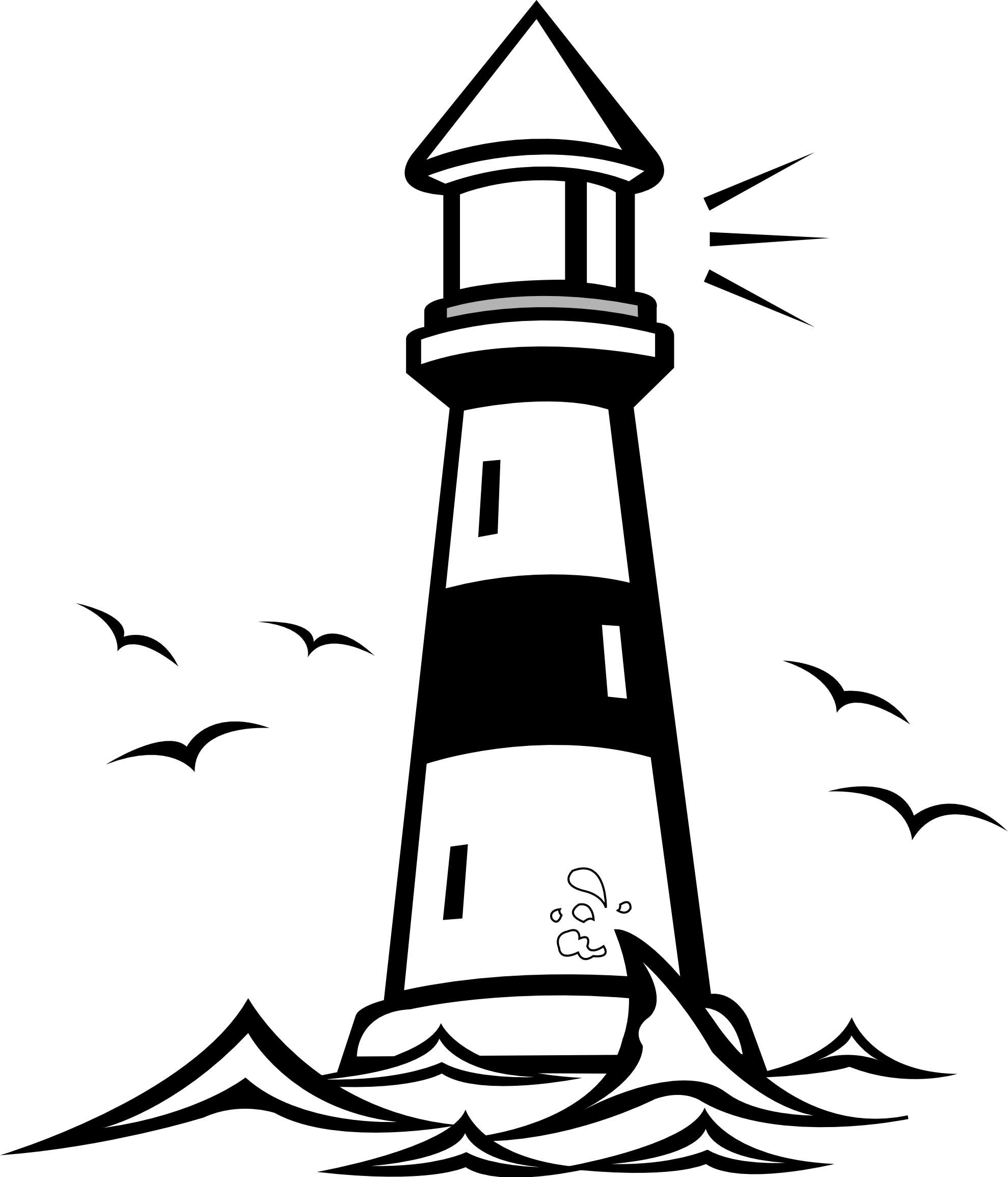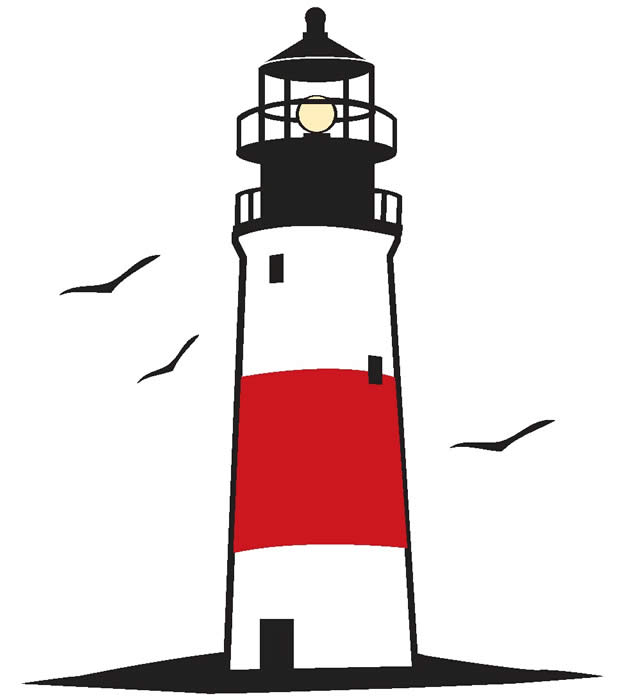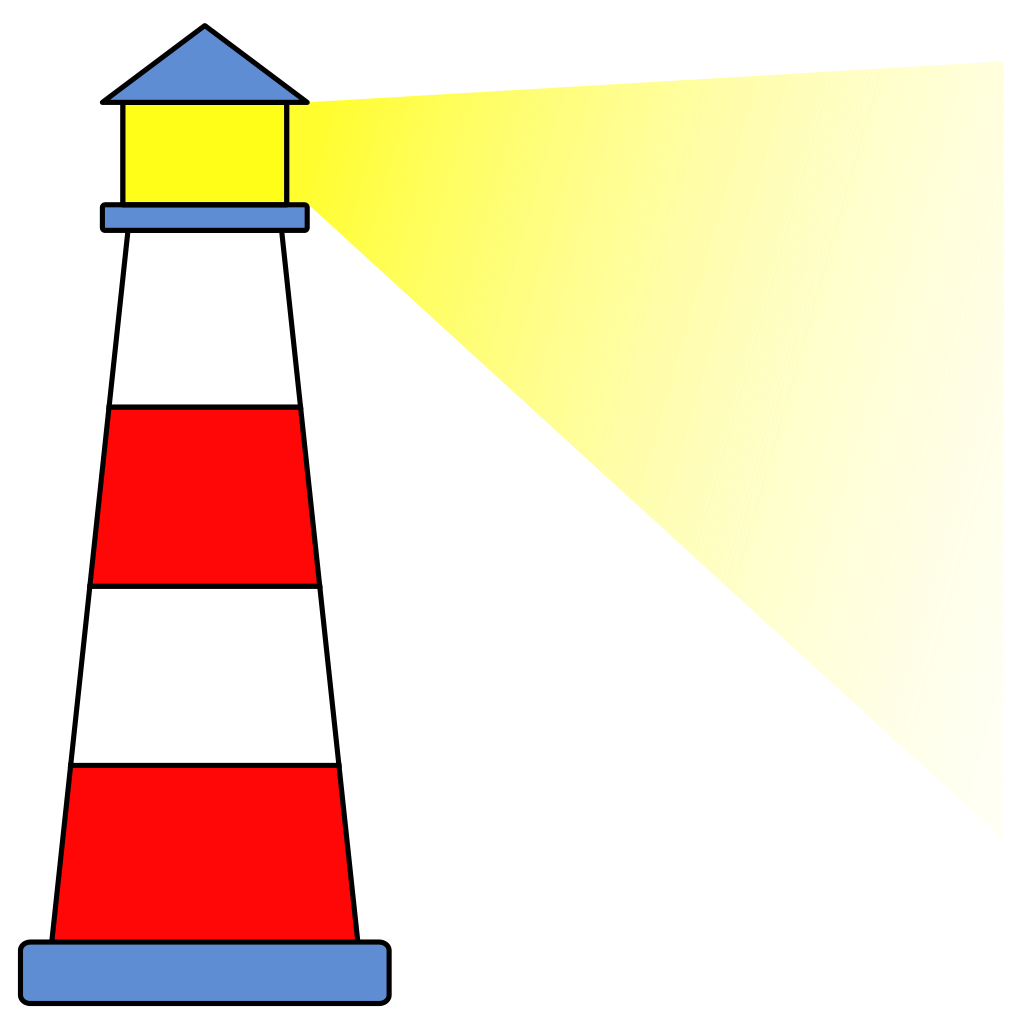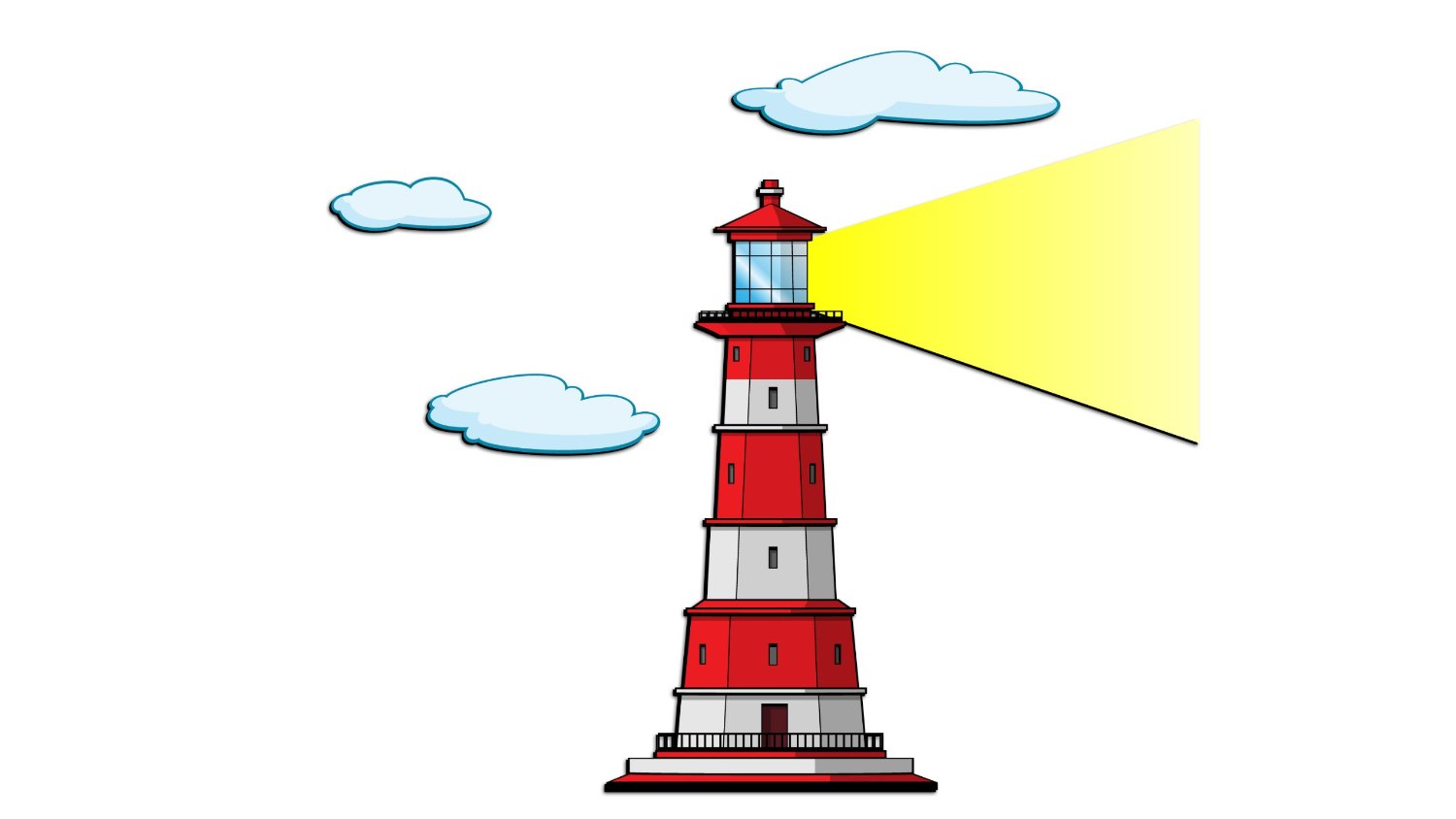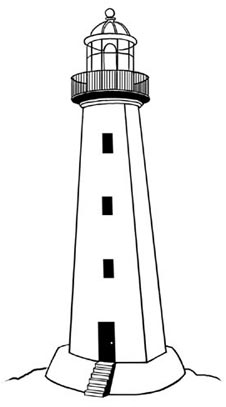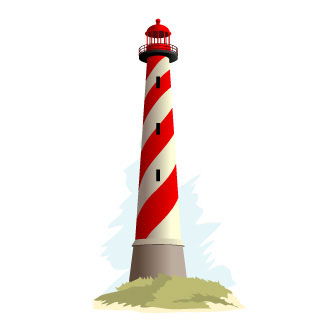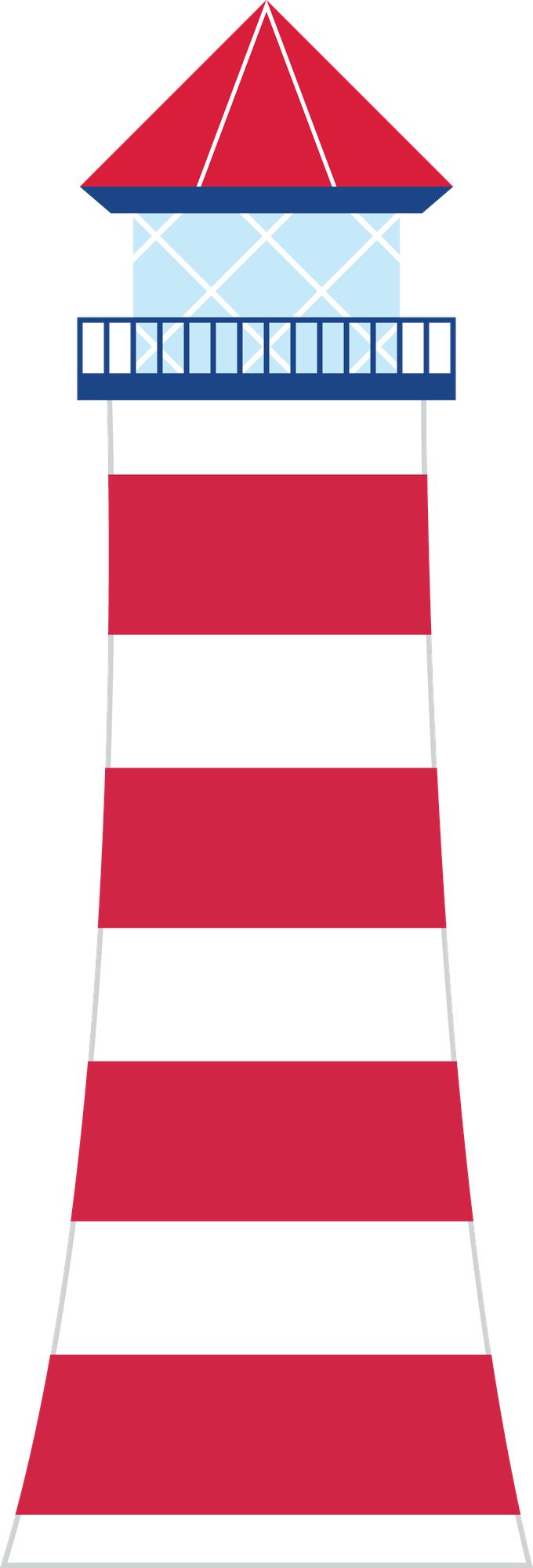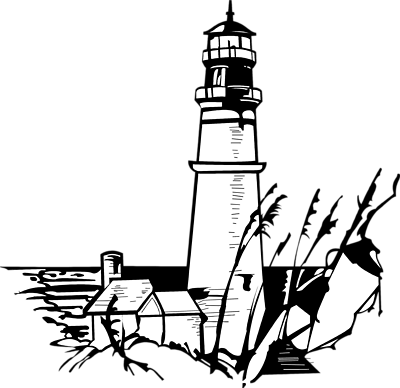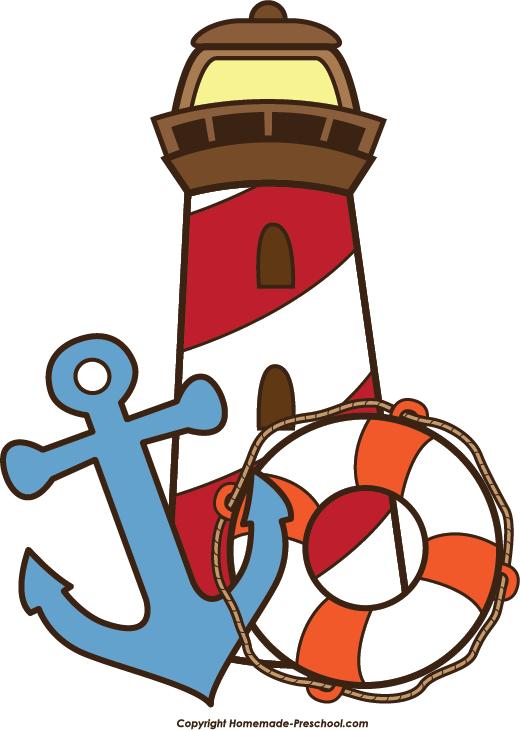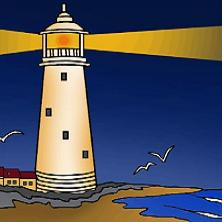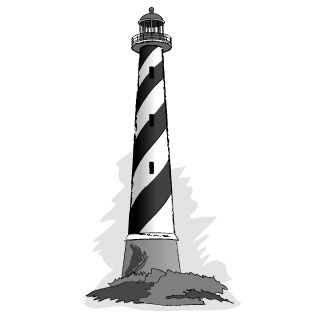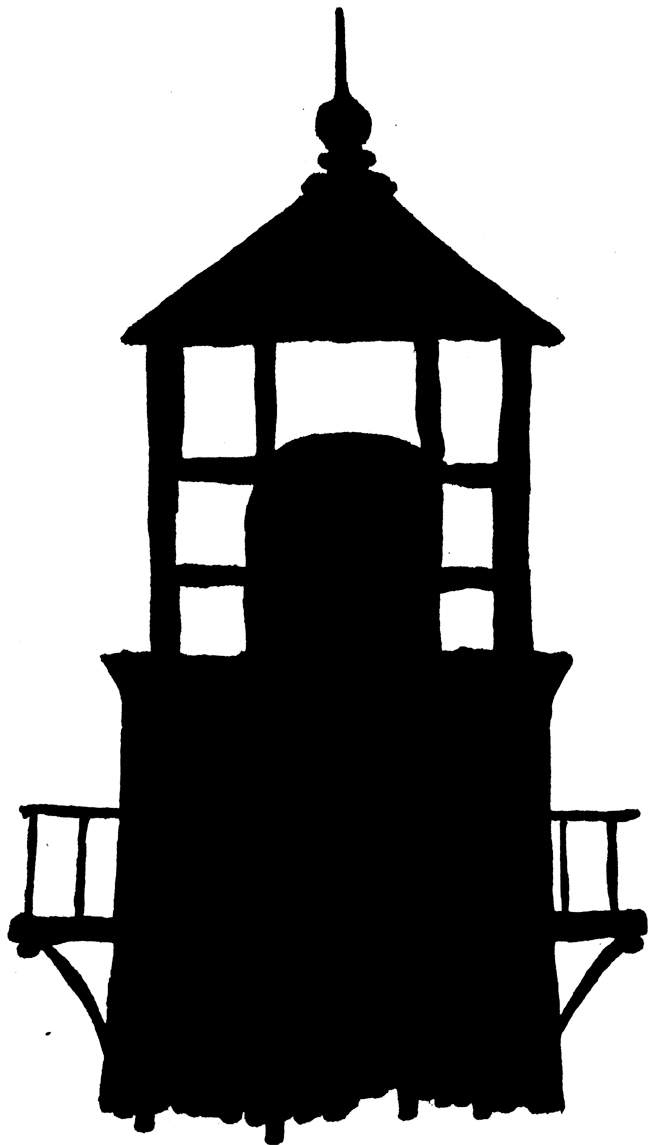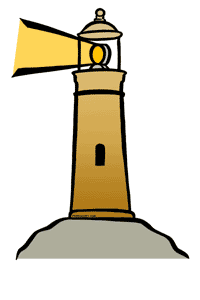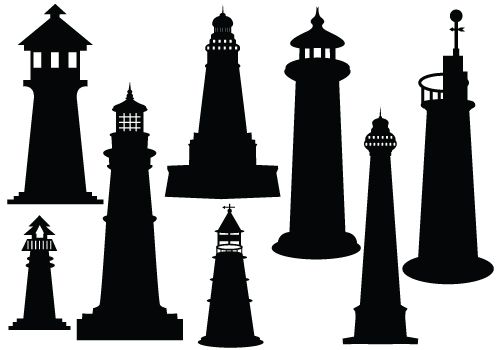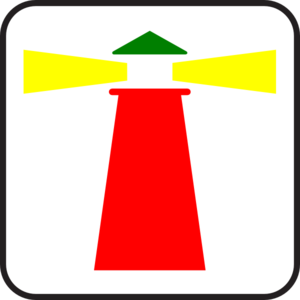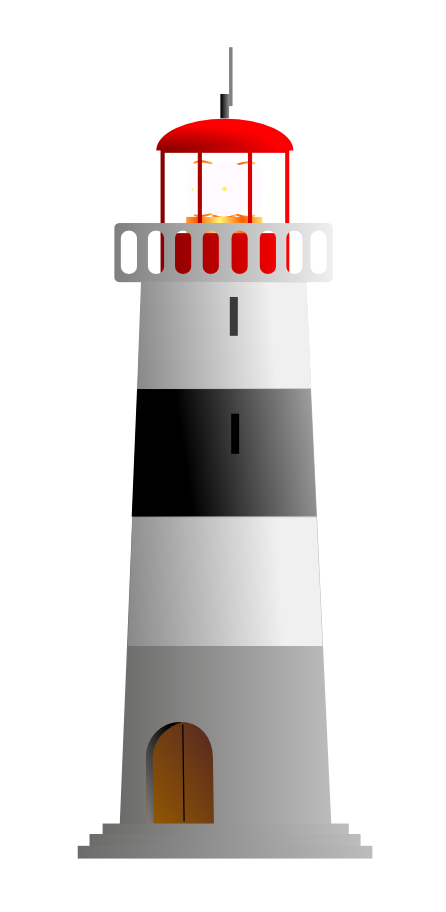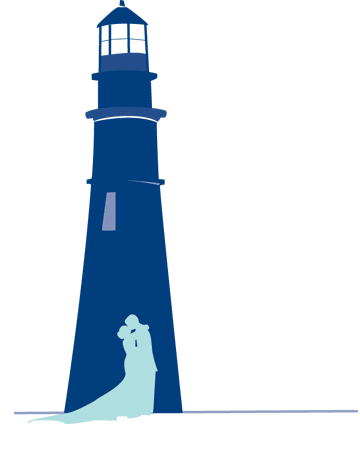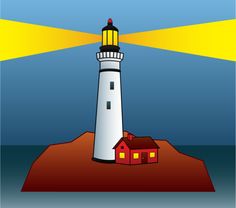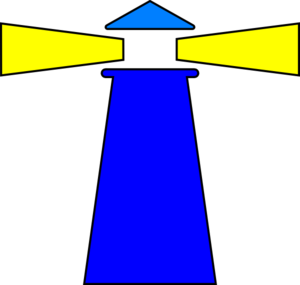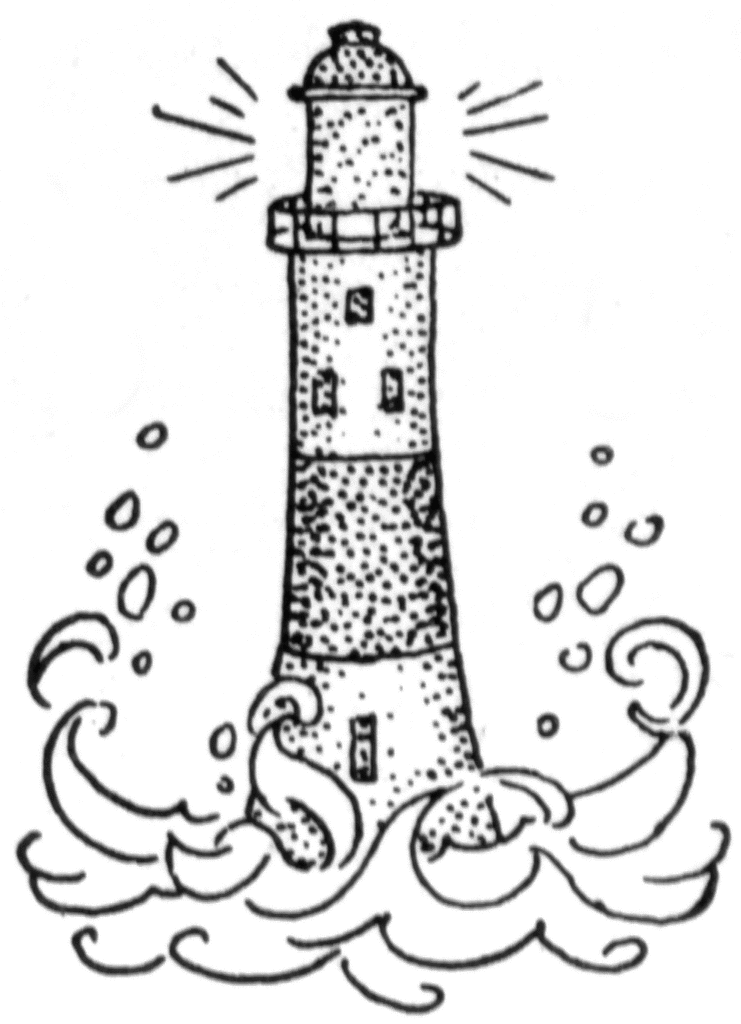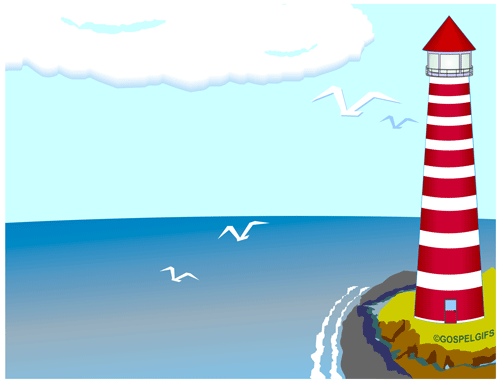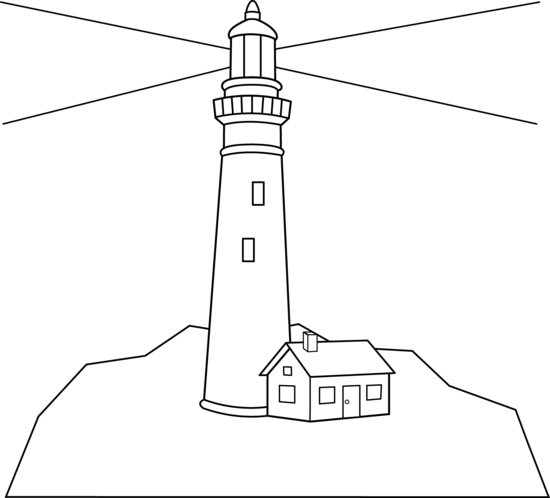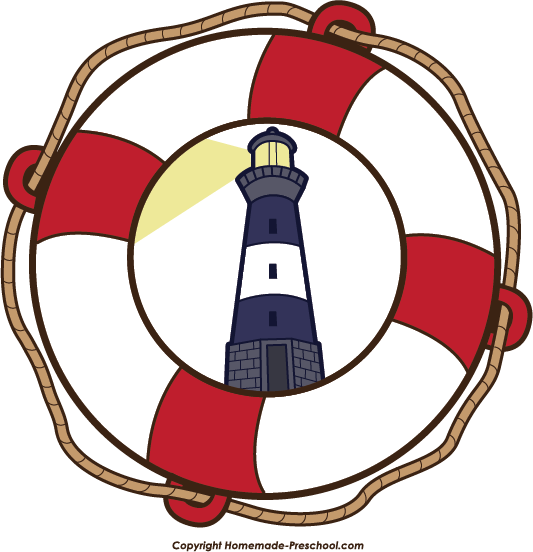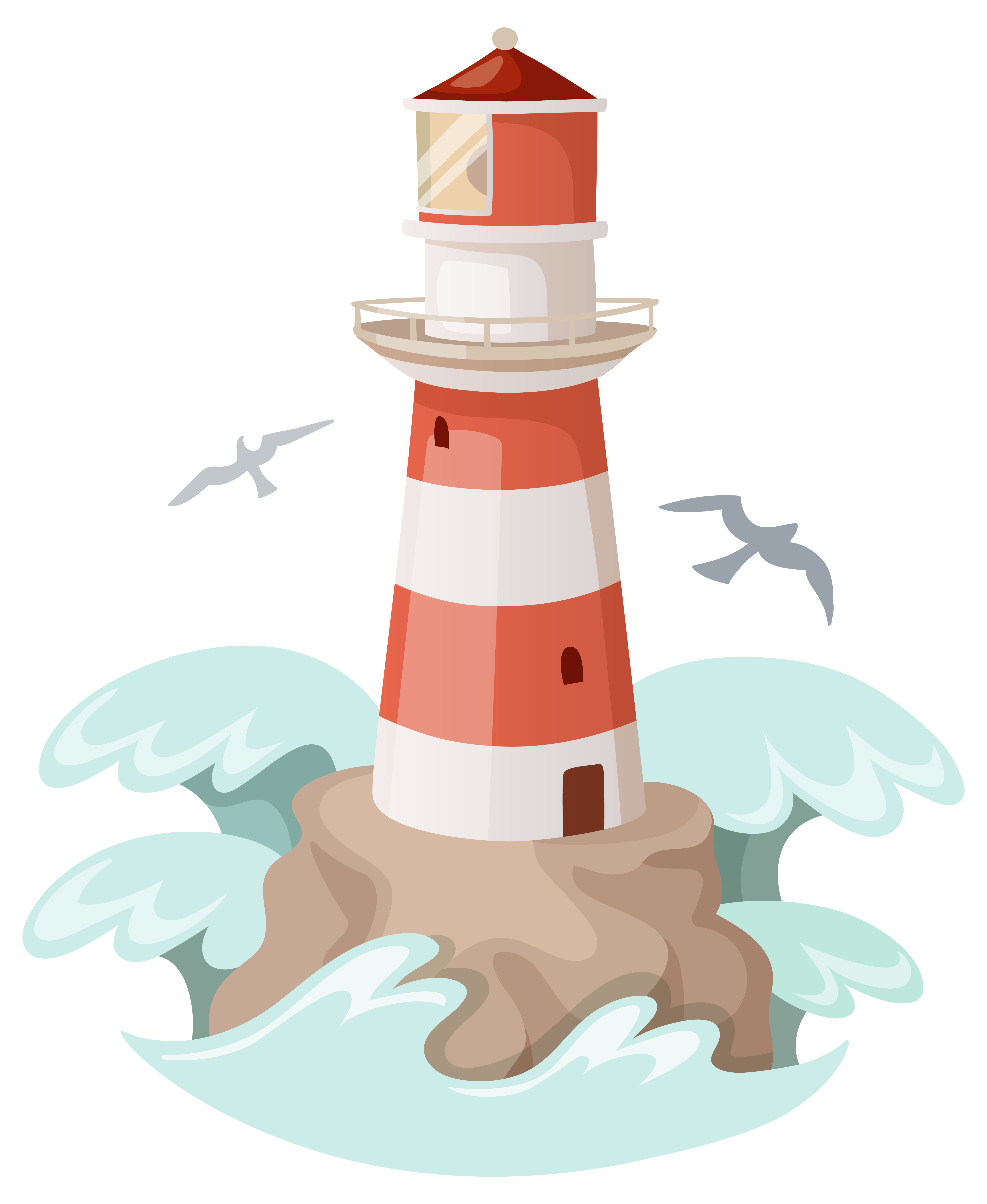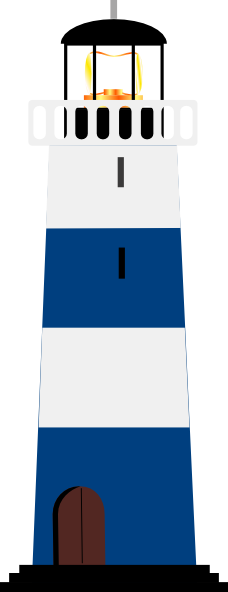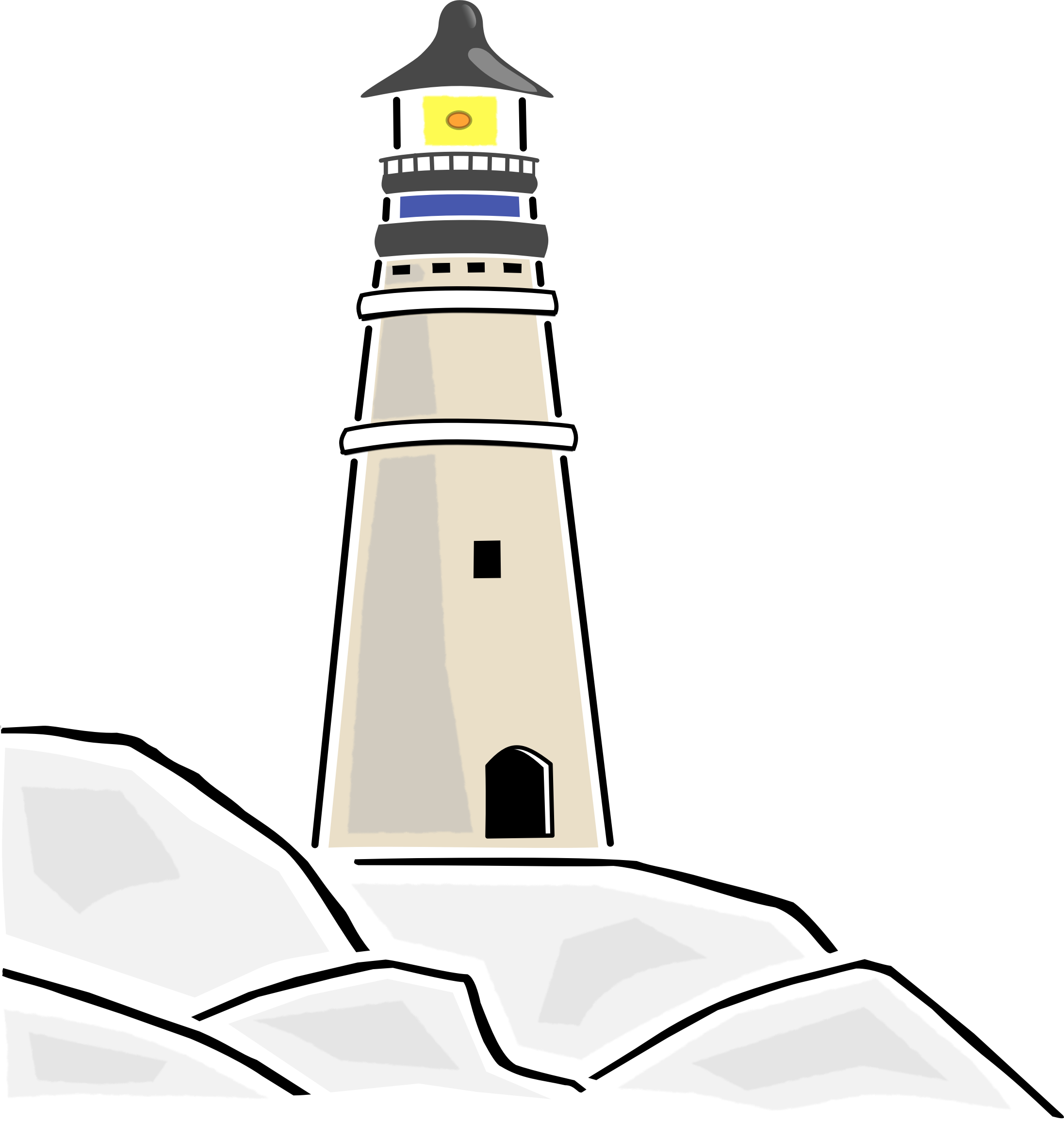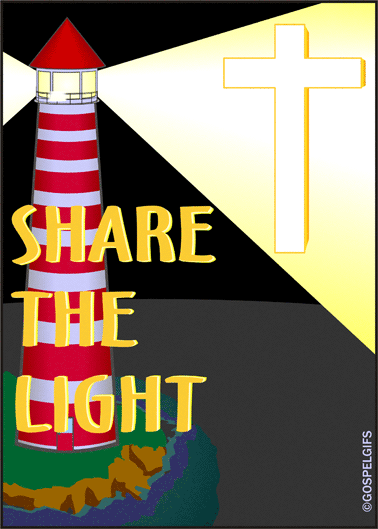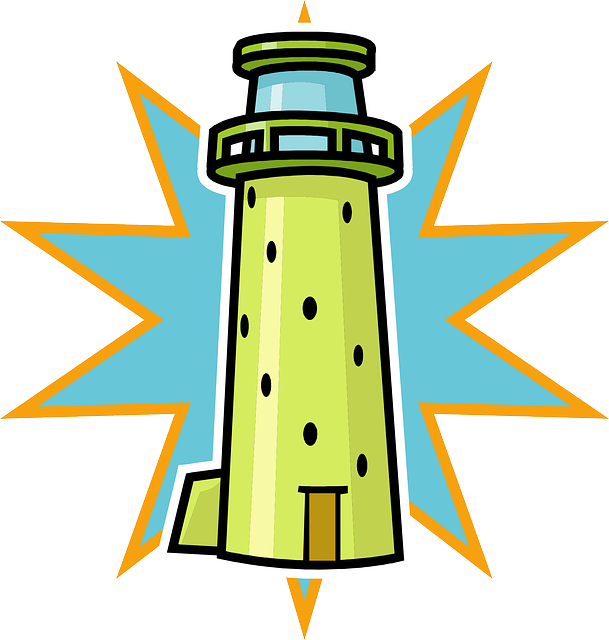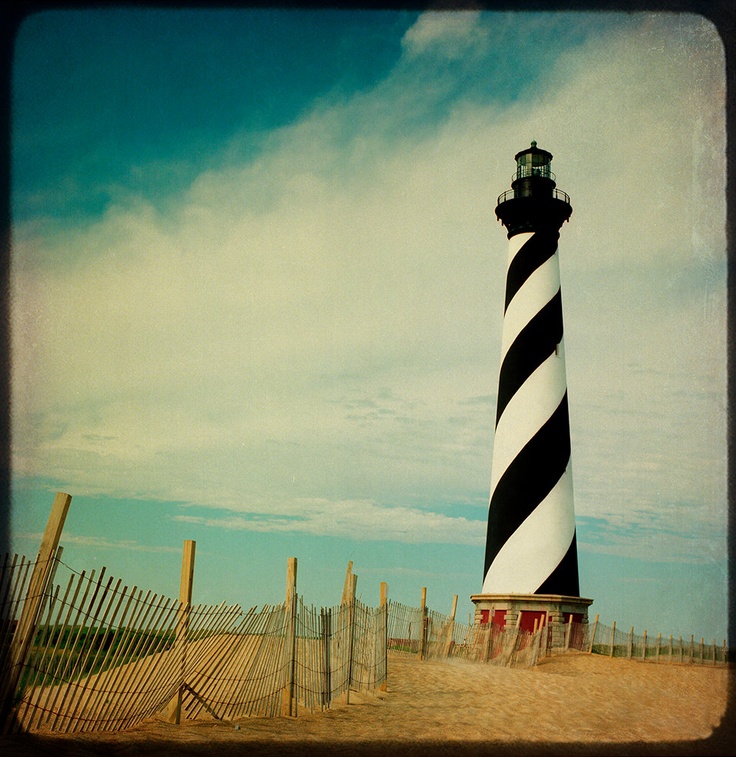Lighthouse Clipart
As invaluable beacons for maritime navigation, lighthouses hold an abiding mystique and charm. Strategically positioned along treacherous coastlines, lighthouses helped illuminate safe passages for ships in the night. More than just practical structures, they also carry cultural significance as enduring emblems of the sea-faring life.
Lighthouse Structure
While styles vary, common structural lighthouse components include:
- Tower and building housing the light
- Lantern room capping the tower where lamp resides
- Optical lens apparatus to intensify and direct beam
- Light source itself evolving from fire to electric bulbs
Together these elements magnify flashes of light visible at long distances. Modern lighthouses can reach 40 kilometers offshore and even further.
Lighthouse Locations
Lighthouses occupy areas along coasts hazardous for maritime traffic usually indicating:
- Entries to ports and harbors
- Peninsula tips, headlands and islands
- Shoals, reefs or sandbars
- Bays, channels and straits
Strategic placement helps guide ships safely to land and around dangerous ocean topography.
Famous Lighthouses
Among thousands dotting global coasts, several iconic lighthouses stand out including:
- Lindau Lighthouse – Bavarian lake beacon for over 150 years
- Eddystone Lighthouse – Infamously perilous English channel post
- Statue of Liberty – New York welcome torch to immigrants
Each famous for own history and the hazards they marked.
Lighthouse Keepers
Dedicated lighthouse keepers maintained the lights, lenses and structures through history. Their duties involved:
- Cleaning, polishing lens and lantern windows
- Monitoring fuel supplies whether vegetable oil, coal or kerosene
- Recording weather and ships sighted
- Protecting buildings against elements
Often keepers lived on-site with their families tending the beacons generation after generation.
Lighthouse Developments
From initial wood fires to modern electric lights, lighthouse technologies advanced considerably including:
- Reflectors – Metallic surfaces magnifying light
- Fresnel Lenses – Precise glass lenses intensifying beams
- Automation – Remote monitoring systems with generators and sensors
Innovations increased range, resilience and automated lighthouses reducing need for human supervision.
Lighthouse Preservation
Recognizing their enduring cultural value and history, groups actively conserve lighthouses against deterioration and abandonment through:
- Organizations like the Lighthouse Preservation Society protecting sites
- Historical designations preventing demolitions
- Restorations stabilizing towers and interiors
- Museums and tours to educate public on past relevance
Preservation allows people to continue appreciating lighthouses well into future.
Lighthouse Tourism
As appreciation for their scenery and history grows, many dramatic and romantic lighthouses transformed into popular tourist destinations where visitors can:
- Tour interiors learning about history from museums
- Climb towers for panoramic coastal views
- Stay overnight in converted keeper lodgings
Lighthouses magnetically attract artists, photographers and adventurers alike.
Lighthouse Clip Art
Given their visual mystique, lighthouses naturally feature in all sorts of decorative clip art used for graphics and crafts including:
- Silhouettes evoking solitary towers against seas and skies
- Watercolor paintings in coastal landscapes
- Portrait snapshots as photo clips
- Stamp images for international flair
Romanticized depictions fuse geometric architecture with nature.
Lighthouse Silhouettes
The most iconic graphic shorthand for a lighthouse is its silhouette. Whether painted, printed or digital, the familiar shape of a tapered tower topped with a lantern room instantaneously reads as a lighthouse with minimal detail. Replicating the scene of a lone beacon above the sea, it captures people’s imaginations.
In this page clipartix present 53 lighthouse clipart images free for designing activities. Lets download Lighthouse Clipart that you want to use for works or personal uses.
